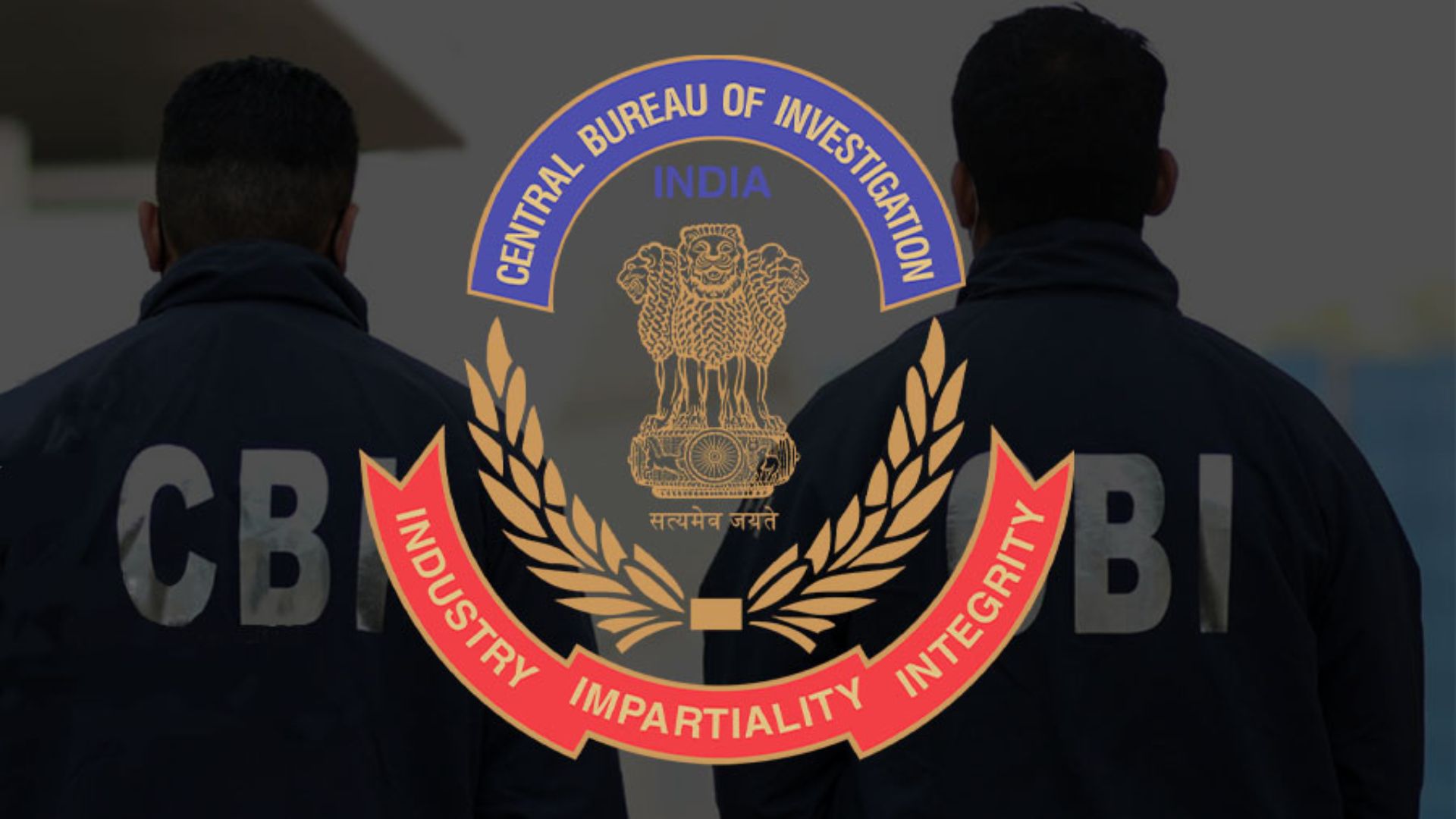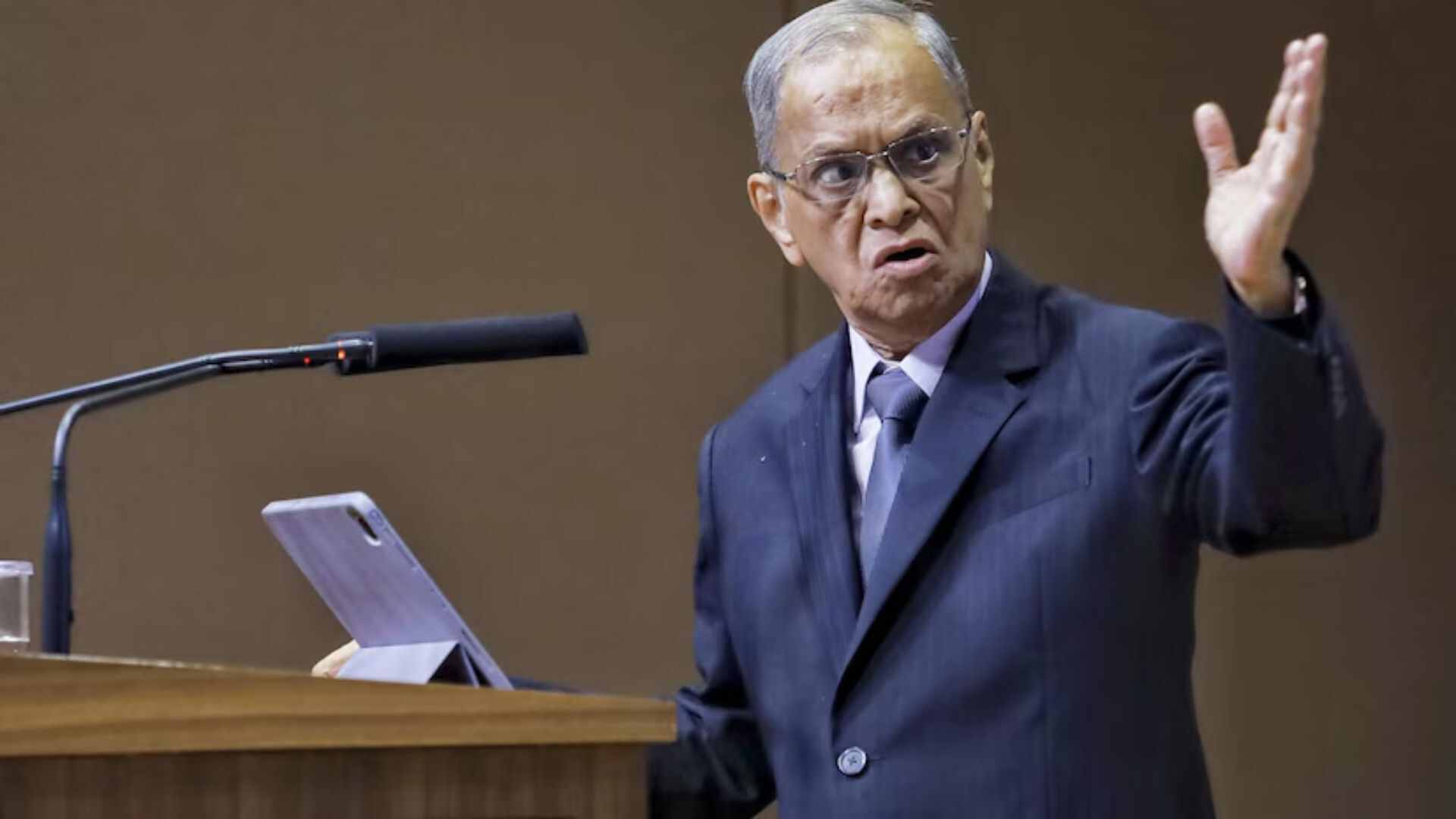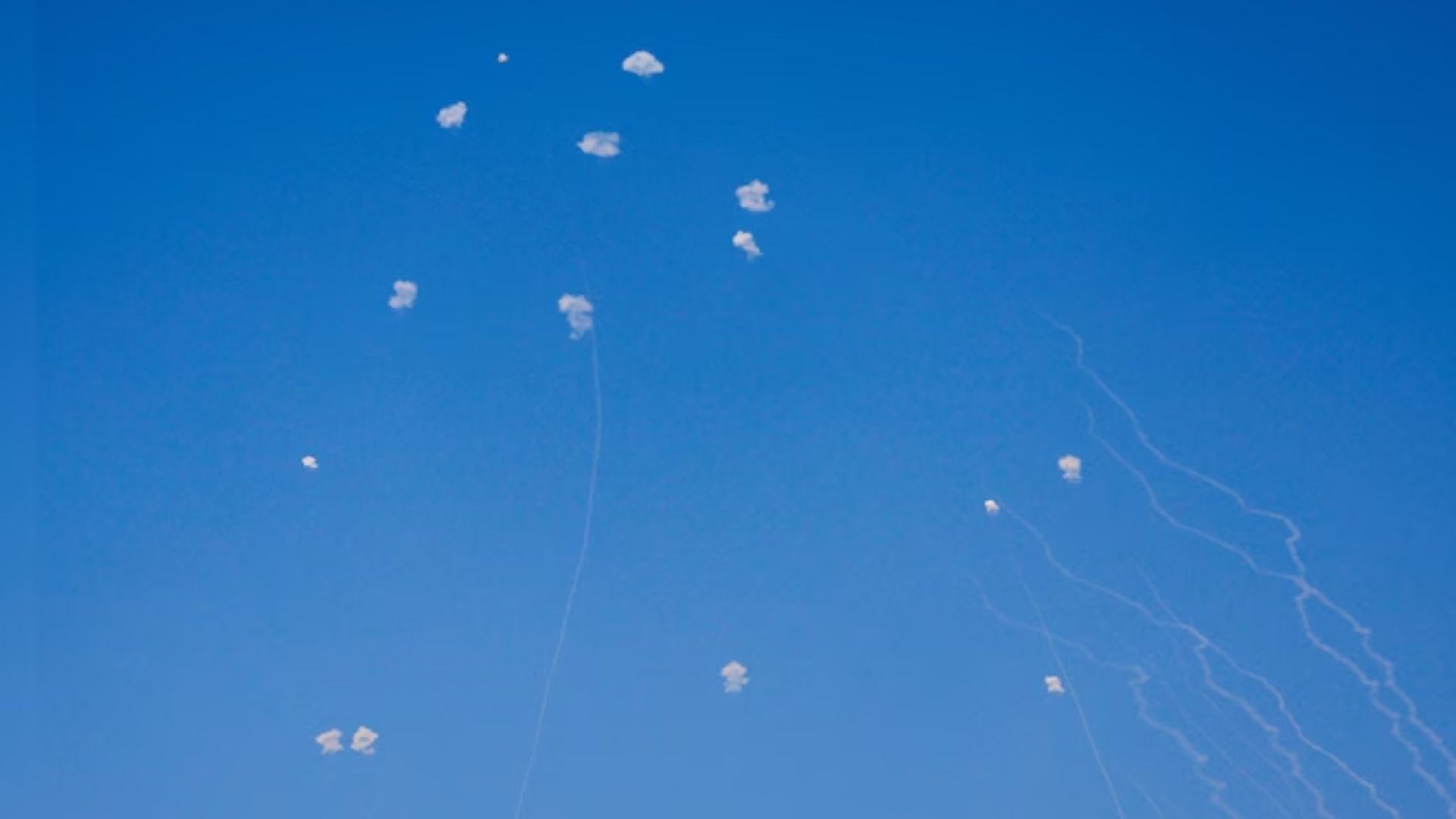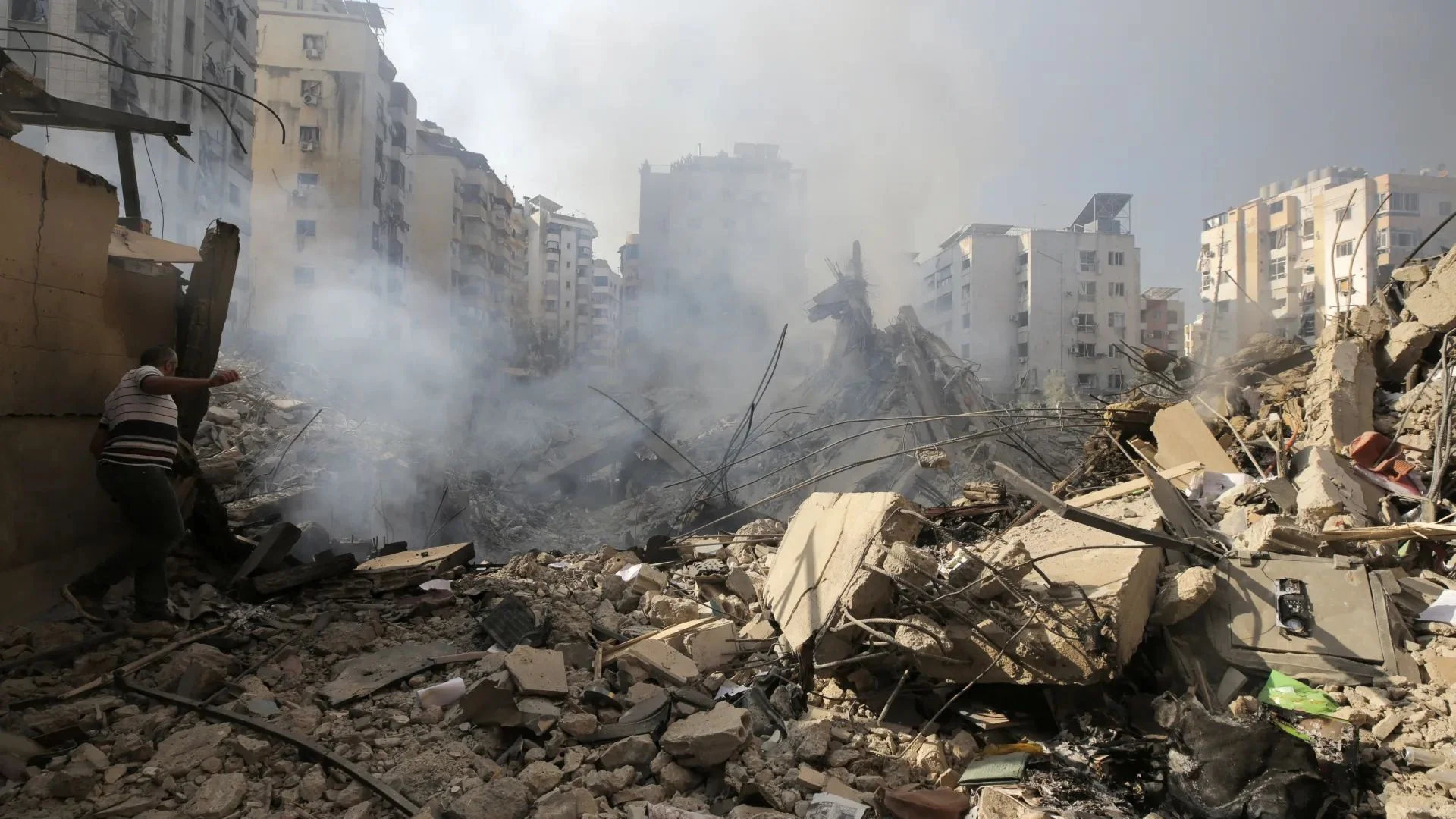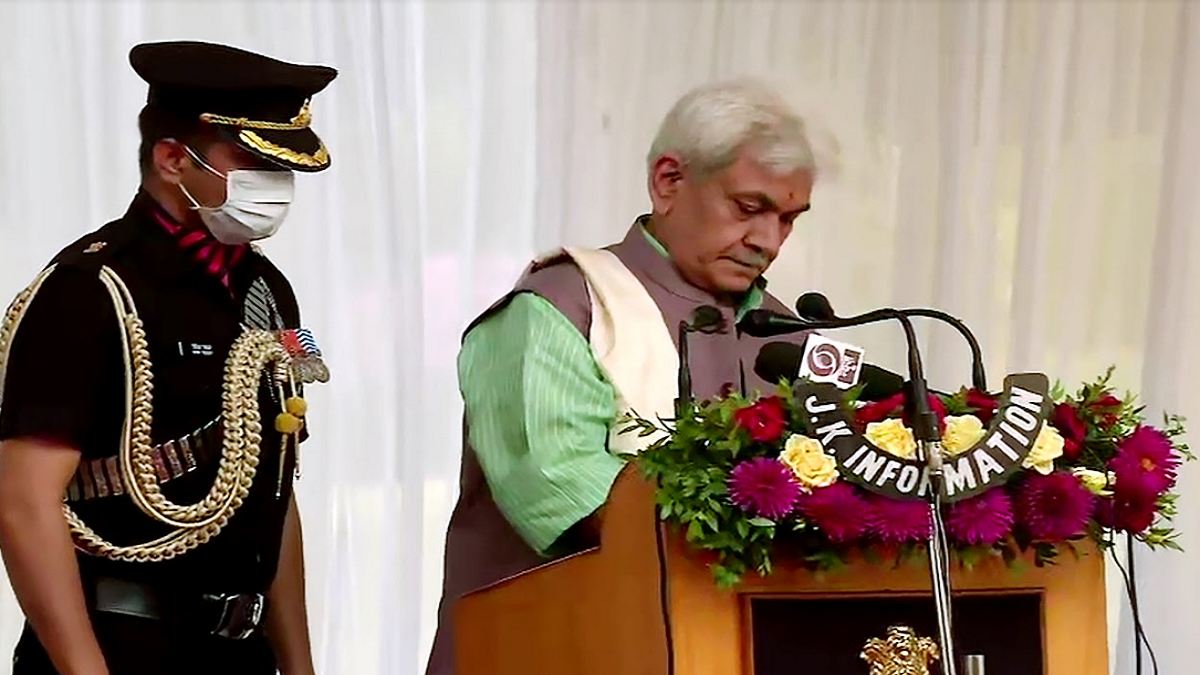
It was Monday on 5 August 2019. Before the commencement of proceedings of the Rajya Sabha, there was discussion all around that an important piece of legislation was about to come up in the House. However, nobody knew what it was all about. It was known only after the Chairman of the House announced the tabling of the Jammu and Kashmir (Reorganisation) Bill for abrogation of Article 370 of the Constitution and conversion of the state into two Union Territories — Jammu and Kashmir and Ladakh.
Later, quite a dramatic spectacle prevailed in the Upper House on that day. Two members of the National Conference (NC) raised hue and cry, and tore the copies of the Constitution. Members of the Congress and some other Opposition parties rushed to the well of the House and sat on ‘satyagrah’ over there. Functioning of the House was stalled. But the government remained firm. The MPs of the Opposition parties resumed their seats and subsequently participated in the discussion only after they realised that no amount of obstructive activities from their side could stop the work and that the Chairman was committed to continue the proceedings despite all the commotion. The discussion continued till late night and at long last, the House put a stamp of approval on the proposal to amend the Constitution aimed at abrogation of Article 370 and conversion of Jammu and Kashmir in two Union Territories.
Three months after this exercise, the process to convert Jammu and Kashmir in two Union Territories concluded. Now after one year of that historic moment, it is mandatory to find out what concrete and solid changes are there to see in Ladakh and Kashmir. The assessment of how much development took place in the two regions needs to be made. The update needs also to be taken regarding the separatist forces, which kept orchestrating and promoting violent activities in the erstwhile state.
It was not fair to expect that the situation would undergo a sea-change soon after the abrogation of Article 370 and 35A, like the darkness goes away as soon as the light is switched on. It takes time to give fillip to the process of strengthening democracy, establishing unity and ensuring development. However, all these processes have not only begun to take off but they have gained momentum as well since the abrogation of Article 370.
A wrong impression was sought to be created for several years that after scrapping Article 370, Jammu and Kashmir will get separated from India and India’s secular credentials will stand questioned. But the balloons of false notion have burst now. The game of terrorists and separatists is over, who used to exploit the secular credentials theory to isolate the entire Kashmir from India’s historical, sentimental and cultural mainstream, just for their narrow and mean ends.
Now it was quite mandatory not only to root out separatism but also to impress upon residents and political leaders alike in Kashmir that the politics of imaginary and artificially created issues in the name of separatism will not survive any longer. Time was also ripe to make them understand that their welfare is only in living in India and the government’s interest is only in the development of Kashmir and happiness of its residents like any other state of India.
The security agencies have got tremendous success in destroying the underground and behind-the-curtain activities of separatists and their supporters over the last one year. There was a strong network in Jammu and Kashmir which was promoting activities like immense corruption, instigating speeches with media connivance and drug and arms supply. The stonepelters were used by commercial “dalals” to cover up these unlawful activities which were rampant over there. But now these elements have been weakened to a great extent. They were being given money from across the border. Now this supply has been stopped and due to which these socalled “azadi seekers” who were working for the lust of money have almost stopped pelting stones.
Several people are coming out to share secret information regarding terrorists’ hide-out and elements, due to which their game also looks to be over. The practice of brainwashing the youth in the name of so-called azadi has also come to an end. It means, with the help of various constructive and positive activities the Central government and dispensation of UT have succeeded in sending out the message that separatists’ sinister dream of disintegrating Jammu and Kashmir from India will never be fulfilled.
In order to have a real perspective of the current decisions of the government, we need to have a fine-tooth comb understanding of the activities rampant in the Kashmir Valley since 1987- 88. Deliberately such circumstances were created in the Valley after 1990 that it got difficult for Kashmiri Pandits to continue to live there. As a result, the demography of the Valley got changed drastically. After Farooq Abdullah rode to power in Jammu and Kashmir in 1996, the downfall of ‘Sufi’ sect took place and the fanatical community of ‘Wahhabi-salafi’ Islam was promoted and given rise to. Efforts were made to increase the Muslim population in Jammu too. The situation came to such a pass that Srinagar bandh calls used to be given by separatists at the behest of their handlers sitting across the border. Strict implementation of their orders began to be ensured. Terrorism and separatism looked to be spreading tentacles there. Meanwhile, Hurriyat leader Syed Ali Shah Geelani declared “Azadi Baraye Islam” (Freedom for the sake Islam). Separatist leader Zakir Hussain categorically said that his fight was not for freedom but for the existence of “shariyat” and Islam. Another leader Imam Tawhidi openly supported the act of murder of non-Islamic people for the expansion of Islam.
The abrogation of Article 370 and 35A has pulled the rug from under the feet of these elements. Their socalled principles have dissipated into thin air, Gurkhas, Valmikis and Muslims, who ran away from Pakistan and took shelter in Kashmir, are being given citizenship after a huge gap of 72 years. Moreover, 37 national laws which Kashmir had not accepted earlier have now been implemented there. These laws are aimed at ensuring inclusiveness, transparency and accountability. Corruption prevention law, GST, Indian Penal Code of Criminal Procedure, etc, are included in these laws. The process of justifiable reorganisation of assembly constituencies in Jammu and Kashmir has also started so that regional imbalance can be done away with. Reservation facility to SC, ST and third gender (kinnars) will be given.
There are certain conditions for economic development. Guarantee of law and order and complete curb on violence are the two major requirements for the economic growth to take place. In the last one year, cases of killing of innocent people have been brought down. In the last six months, 22 people were killed by terrorists, while security agencies gunned down 180 terrorists. So, the feeling that terrorists have a field day in Kashmir is no longer there. Some time back, an investors’ summit to promote industry and commerce was held in Jammu and Kashmir. What is encouraging is that agreements were signed for the investment to the tune of Rs 13,500 crore in Kashmir.
The government is moving fast towards augmenting the infrastructural growth there. The project of Zoji-la tunnel to connect Ladakh with Kashmir will be completed in 2021 which will allow the road connectivity from Kargil even in winters. The work is in top gear for completing Kupwara’s Karnah hydropower project, Kishtwar’s Keeru power project and the state’s biggest Pakal-Dul hydropower project. The largest saffron park (kesar part) project has been approved for Kishtwar. The Central government has put in place a new policy for the sale of Kashmiri apples and walnuts. First time in Kashmir, 50 new colleges have been opened due to which 25,000 new seats are available for admission.
Domicile certificates, which the married couples were not able to avail earlier, are now being provided to them. This initiative will rid them of a feeling of isolation. The state administration has not only set in motion the process of filling 10,000 vacancies but also implemented new schemes to promote industries in order to deal with the problem of unemployment. With the pace of development being accelerated, the morale of separatist elements is down. Hurriyat leader Syed Geelani has resigned from his organisation. With government going hard on terrorists, those who were in terrorism for money are now looking for new ways.
The local leaders, who assembled at Farooq Abdullah’s Gupkar residence on 4 August last year, issued a “Gupkar Declaration”, appealing to the Centre to protect and maintain the identity and specialty of Jammu and Kashmir. Interestingly, those who signed on the declaration could not remain united because their resources and ideological grounds have been jeopardised. There is a big question mark on their existence as well.
It is Jammu and Kashmir’s emotional bond with rest of India that makes its merger with India quite natural reality which nobody can change. The politicians of Kashmir should reconcile themselves to the fact it is not a Muslim state despite having sizeable population of Muslims. “Kshmiriyat” has its importance and it should, of course, be protected and preserved but just as “Maharashtriyat” of Maharashtra and “Bengaliyat” of Bengal are preserved. The past of Jammu and Kashmir was attached to India and likewise the present is also attached to it. It is necessary to understand and adopt Dr Syama Prasad Mookerjee’s roaring call — “Ek Desh, Ek Vidhan, Ek Nishan” (One Country, One Constitution, One Flag) — because ‘One Country-One Future’ is the only reality today.
The author is a Rajya Sabha MP.
